What does matcha taste like?

Matcha is a Japanese green tea powder that has taken the world by storm. Over recent years, it's been featured in countless recipes and drinks due to its unique flavor profile and health benefits. But what does matcha taste like? But if you’ve never tried it before, you may be wondering: what does matcha taste like? Let's dive in and find out.
Matcha is made from a special kind of tea leaf called “tencha," which translates to "shaded tea". The production of amino acids during the growth of a tea bush is key for its initial development. Upon receiving sunlight, these natural compounds are transformed by photosynthesis into catechin, which has antioxidant properties and is found in tea. The distinct "umami" sweetness in tea is imparted by amino acids, while catechin provides bitterness. Thus, both amino acids and catechin play important roles in the process of making tea.
By blocking out 3-5% sunlight from the tea bushes for a period of 20-25 days, photosynthesis is suppressed, preventing amino acids in the leaves from converting into catechin--the compound responsible for the bitter flavor in tea. This shading slows down the photosynthesis process and allows beneficial elements such as chlorophyll to flourish, contributing to the flavor, sweetness, and overall quality of matcha. Furthermore, with less sunlight, the leaf stretches trying to find a source of light. Thus creating thinner, softer, and tender leaves with higher nutrients that change their flavor and texture for use in Matcha making.
For premium matcha, only the youngest leaves are harvested, usually during early spring when they are still tender and full of flavor.
Once harvested, the leaves are further processed by removing stems and veins, then steaming them to stop oxidation. After steaming, they are dried either naturally—by air or sun—or mechanically by using hot air to speed up the process. This drying process removes moisture from the leaves and helps create a long shelf life for them when stored correctly.
Grinding into Powder
Once dried, the leaves are ready to be ground into powder form using specialized stone grinding wheels called "ishi-usu." This process can take anywhere from 45 minutes to three hours depending on desired powder fineness; finer powders take longer to grind than coarser ones do since more force must be applied. The result of this labor-intensive process is a bright green powder with a rich aroma and smooth texture that dissolves easily when added to liquid for drinking or baking purposes.
Matcha is generally described as having a grassy flavor, as it is made from ground-up green tea leaves. Some people also describe it as having a sweet or nutty flavor. The sweetness comes from the naturally occurring sugars in the leaves, while the nuttiness comes from the roasting process that some types of matcha undergo. The sweetness and nuttiness of matcha can vary depending on where it was grown and how it was processed, but overall these are two common flavors you can expect to encounter when trying matcha for the first time.
The flavor of matcha can also depend on how it is prepared. For example, if you make a hot cup of matcha using traditional Japanese methods such as whisking or stirring with a bamboo whisk, then you may experience more of the umami-like flavors from the roasted leaves. On the other hand, if you make an iced version by mixing matcha powder with cold water or milk and adding ice cubes, then you may taste more of the naturally sweet flavor notes due to how quickly this method works to dissolve the powder into liquid form.
When drinking non-ceremonial grade matcha straight without any added ingredients such as sugar or milk, you will taste hints of bitterness or astringency due to tannins present in the leaves.
The Imperial matcha we sell here at Tea&Whisk has very little bitterness or astringency. This bitterness can be balanced out by adding things like honey, almond milk, or oat milk to your drink since they both contain natural sweetness that pairs well with matcha's earthy tones. Our Imperial matcha is considered as cafe-grade matcha, which is a step above culinary grade but is a lower grade than two of our other ceremonial grade matchas -- Uji Matcha & Royal Matcha. With both of our ceremonial grade matchas, you would get a much sweeter and umami aftertaste, which is perfect for those who want to drink matcha directly without needing too much cream or sugar. I personally like to drink our ceremonial matcha straight without adding anything. Good matcha should be able to be enjoyed by itself, without any added flavors masking the taste of the tea. Not only does our matcha have excellent flavor, but it also provides the user with sustained energy that lasts throughout the day without any undesirable side effects like many other matcha on the market.
Conclusion:
Ultimately, what matcha tastes like will depend on the grade you purchase and how you choose to prepare it. Matcha is generally described as having a grassy flavor with hints of sweetness and nuttiness. It can also have a bitter or astringent taste depending on the grade, but this can be balanced out by adding sweeteners or milk. Matcha is also a versatile ingredient that can be used in recipes to create delicious and unique flavors. With its health benefits and flavor profile, it's no wonder why matcha has become so popular! Whether you choose to enjoy it as a traditional tea or incorporate it into sweet or savory dishes, you will certainly not be disappointed with the amazing taste of matcha.
We hope this blog helped answer your question about what matcha tastes like - now go and explore all of the delicious possibilities matcha has to offer! Enjoy!


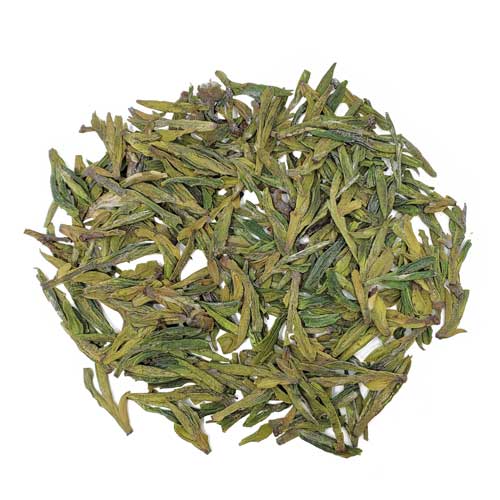
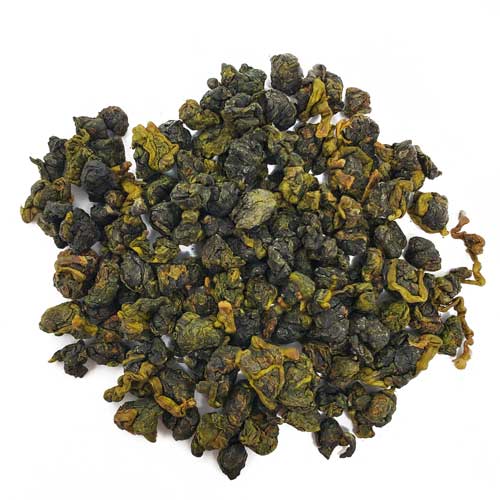
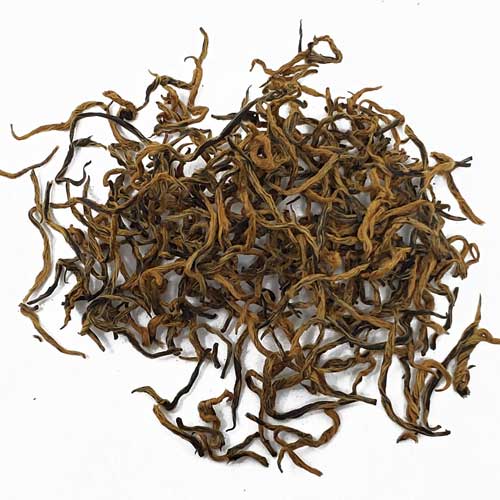
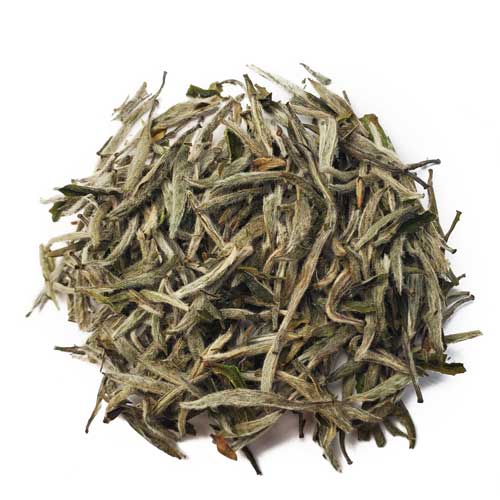
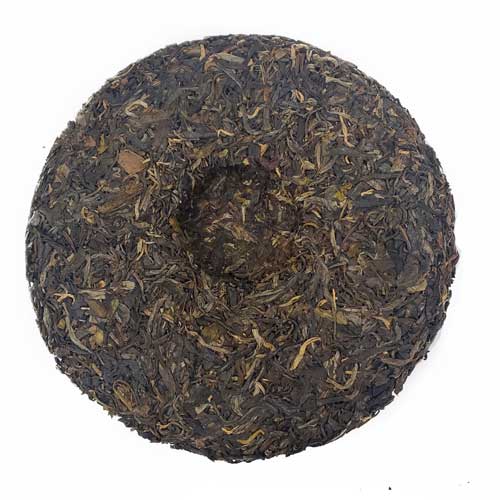
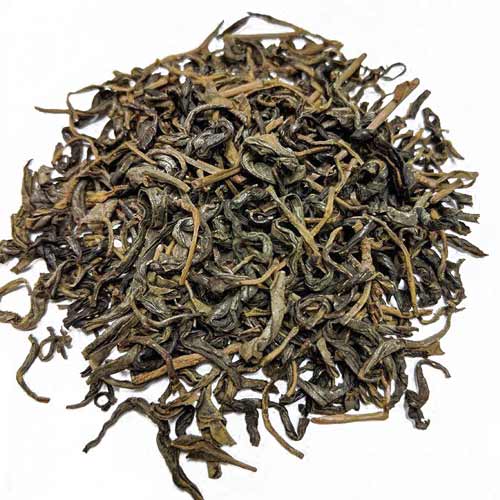
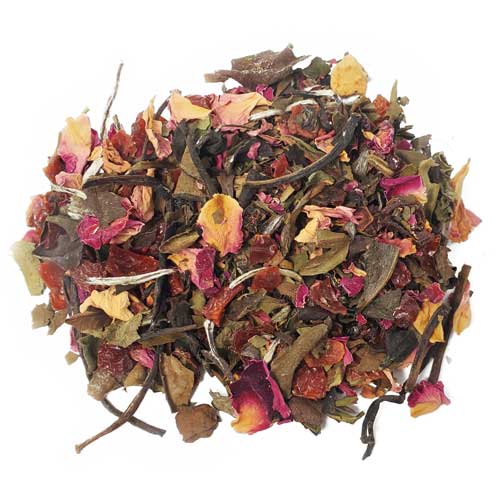
Leave a comment